Downforce has been increasing the performance of racing cars for more than half a century, turning 50mph corners into 90mph ones and slashing the lap times of single-seaters by so much that even supercars with twice the power look pedestrian by comparison.
“Downforce is basically free grip,” says Matt Beers, director of driver development company Position One Motorsports and team manager and chief engineer of Gulf Racing, which competes in the World Endurance Championship (WEC) with a Porsche 911 RSR. “With the added grip it brings, you can go a lot faster than with just the mechanical grip provided by the tyres. But it’s harder to build up to it; you have to trust it.”
To get an idea of what this free grip feels like, we join Beers and Gulf Racing driver Ben Barker at Position One’s Milton Keynes HQ to get behind the wheel of their state-of-the-art racing simulator. The sim has 360deg rotation and is so realistic that the Gulf drivers use it for training between WEC races.
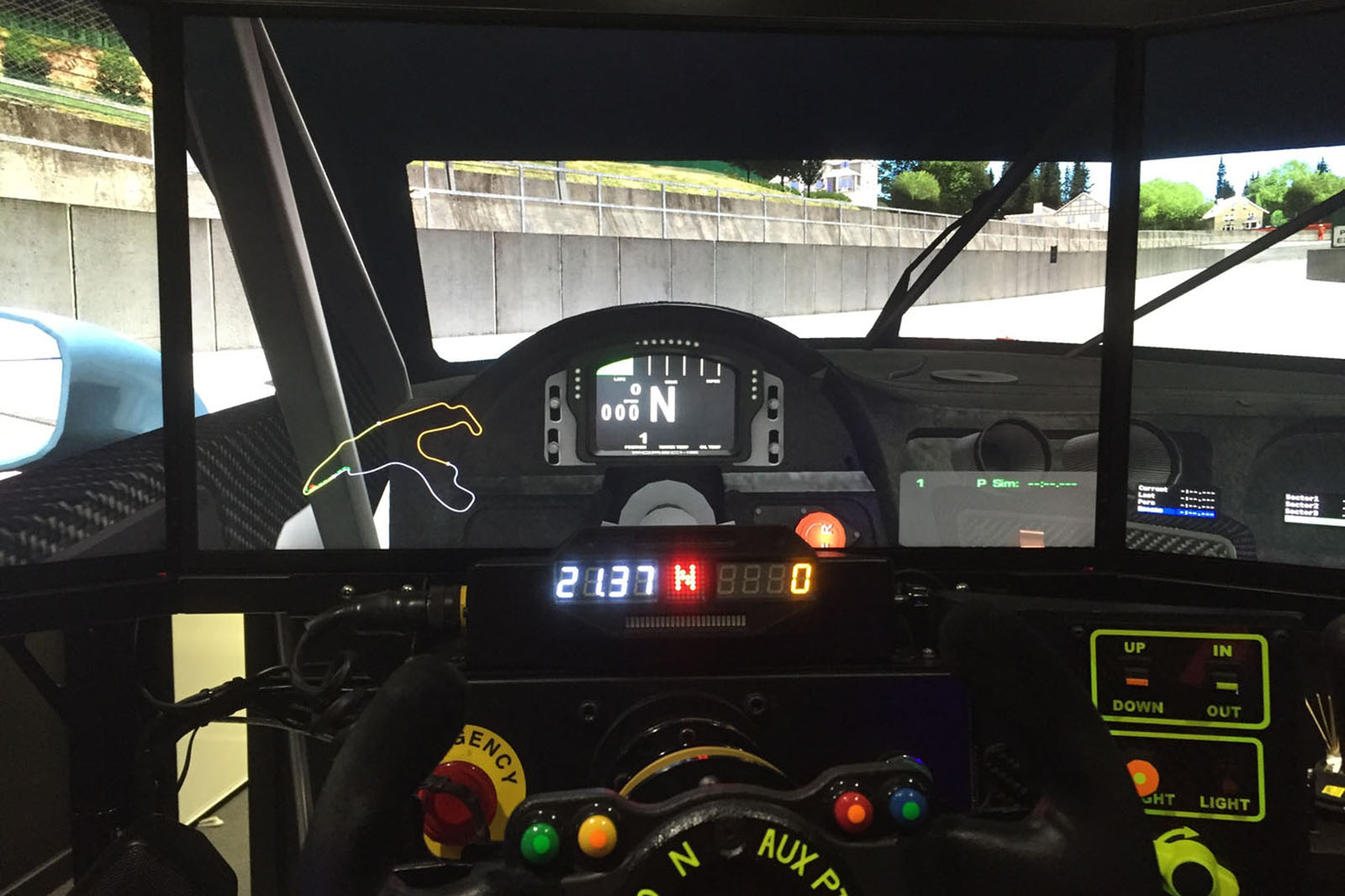
Strapped into its seat and facing a wraparound screen with the Spa-Francorchamps pitlane ahead certainly convinces your eyes you’re in a proper racing car, while the vibration through the seat as the clutch bites convinces everything else that this is the real deal.
To start, we’re in a 911 GT3 Cup car, basically a junior version of Barker’s 911 RSR but with a little less downforce. However, for someone with zero experience of aerodynamic grip (me), this will apparently feel pretty hardcore. Nevertheless, after a couple of acclimatisation laps, it’s remarkably straightforward to drive.
“You can brake later as you have the downforce grip to lean on,” says Barker through the headset I’m wearing. “Make sure you trail brake into the corner to rotate the car, otherwise it’ll push wide.”
It turns out the GT3 Cup feels easy to drive because I’m miles from the limit. Eau Rouge requires a quick downshift and you can really feel the aero working up the hill, but braking later at the end of the following straight makes the car nervous, and the pendulum effect of a rearengined racer soon rears its head and causes multiple spins. Barker recommends being more precise with the brake pedal.
Several laps later I’m still nowhere close to understanding the Porsche, but it’s time to park it in Spa’s virtual pitlane and sample a Le Mans-spec LMP2 racer. The guys confirm that this is a significantly more serious machine, especially when it comes to downforce.
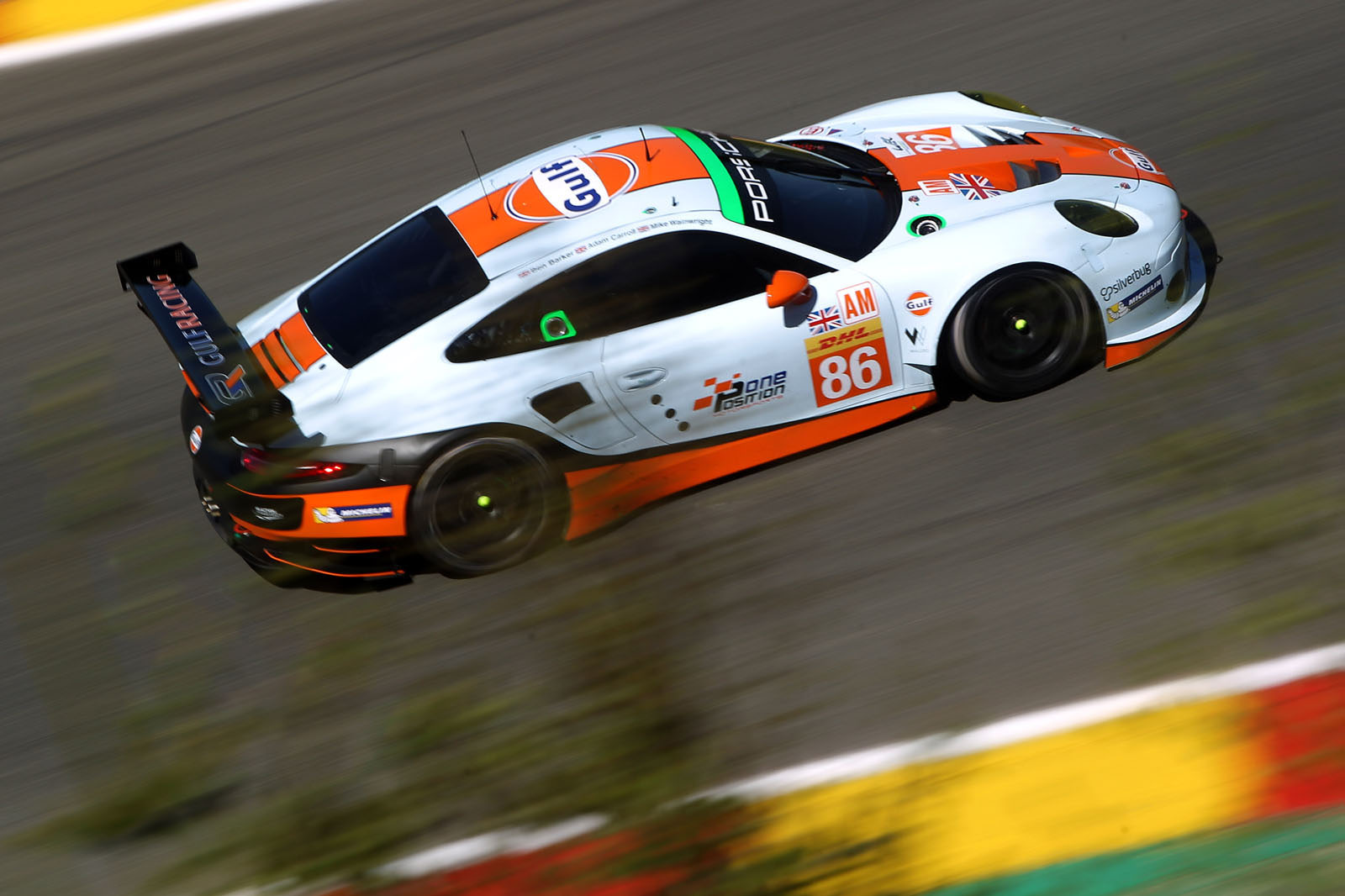
“The Cup car is essentially a compromise of a road car; the LMP2 is a thoroughbred racer,” says Beers. “In the LMP2 car you can brake even later, but it’s much twitchier.”
Beers’ words are immediately proven as I charge up Eau Rouge and apply far too much steering lock, sending the car bouncing over the kerbs and out of control. This thing responds so fast.
“It’s the rigidity, the extra aero and the lightness that results in a lot more reaction to your inputs,” explains Barker. “With high-aero cars, you have to be more precise and come off the brakes earlier. You’ve got a lot more downforce, especially in the fast corners.”
It takes several laps to acclimatise to the LMP2’s responses, but once the reduced steering input becomes normal, it’s the concept of highspeed trail braking and the sheer commitment required to get the aero working that challenges most.
“You want to hit the brakes hard – in an aero car the load transfer is less – but you don’t want to lock the wheels like you are,” says Barker. “And keep the speed up through the corners – make the car flow more.”
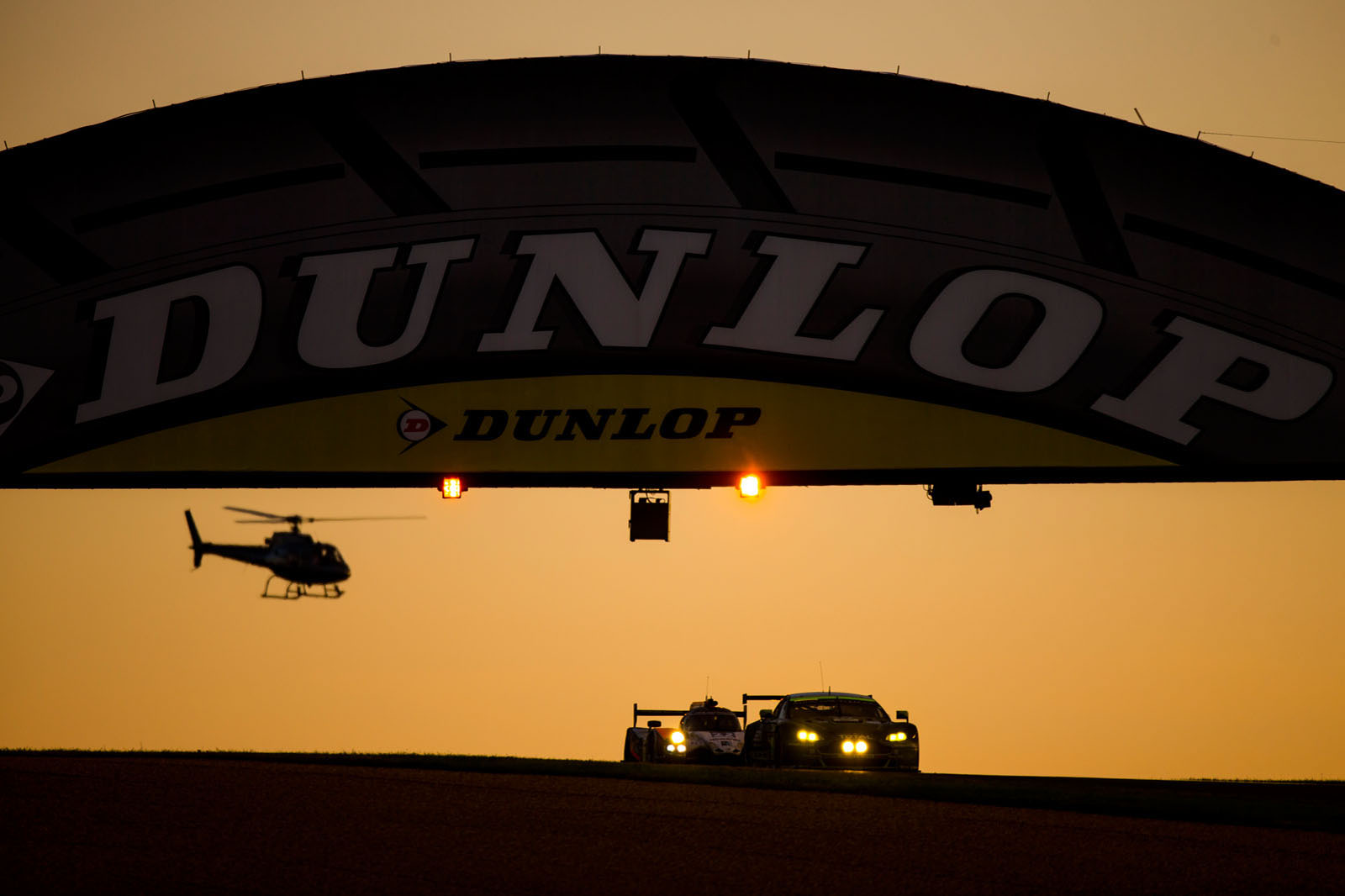
Braking as late as possible requires heavy pedal pressure, but to then get the car turned without locking a wheel needs a precise trailing off of the pedal. And this while trying to guide the car to the apex at almost unbelievable pace while avoiding the kerbs and applying enough power to keep the rotation of the chassis going, but not so much that you then oversteer. In short, it’s bloody hard work.
Unsurprisingly, even after a dozen laps, downforce still feels like a form of witchcraft I’m yet to grasp. Its effects through Eau Rouge and the fast Pouhon are astonishing, making one of the world’s most challenging corner complexes pass in a flash. The process is taxing in the more technical turns, but I wouldn’t want it any other way.
If downforce were easy to understand then driving an LMP2 car would be easy. Thankfully it’s not, which is why we can remain in awe of the professionals. They can take Spa’s Eau Rouge with the gentlestlift and chase the throttle through the Porsche Curves during the night at Le Mans. Downforce remains a real challenge to master, and a dark art to us mortals.

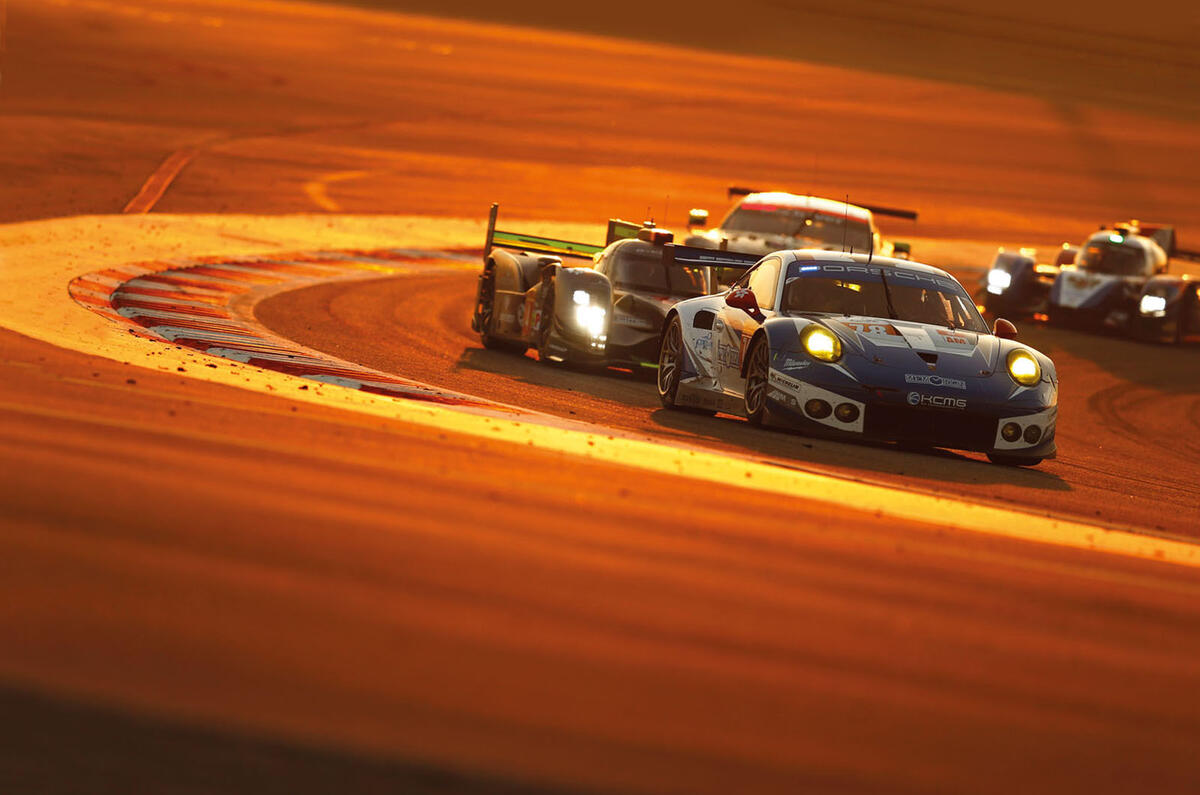
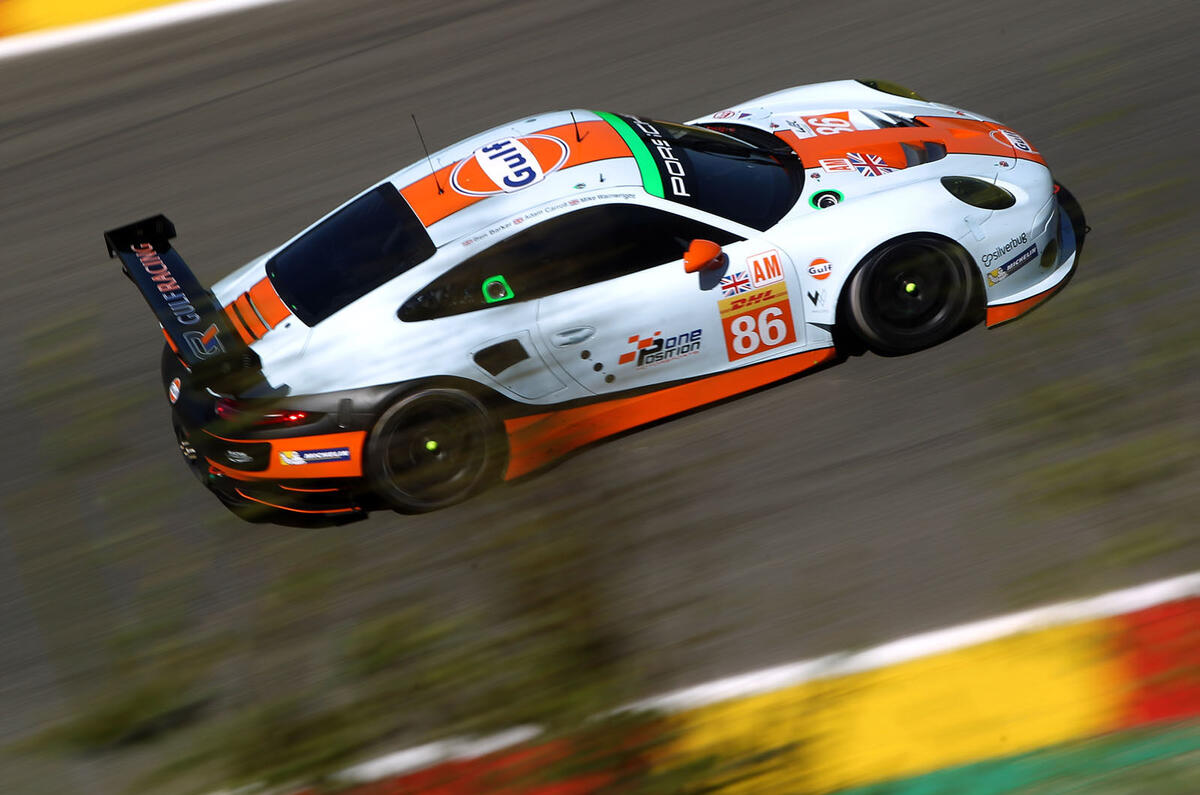
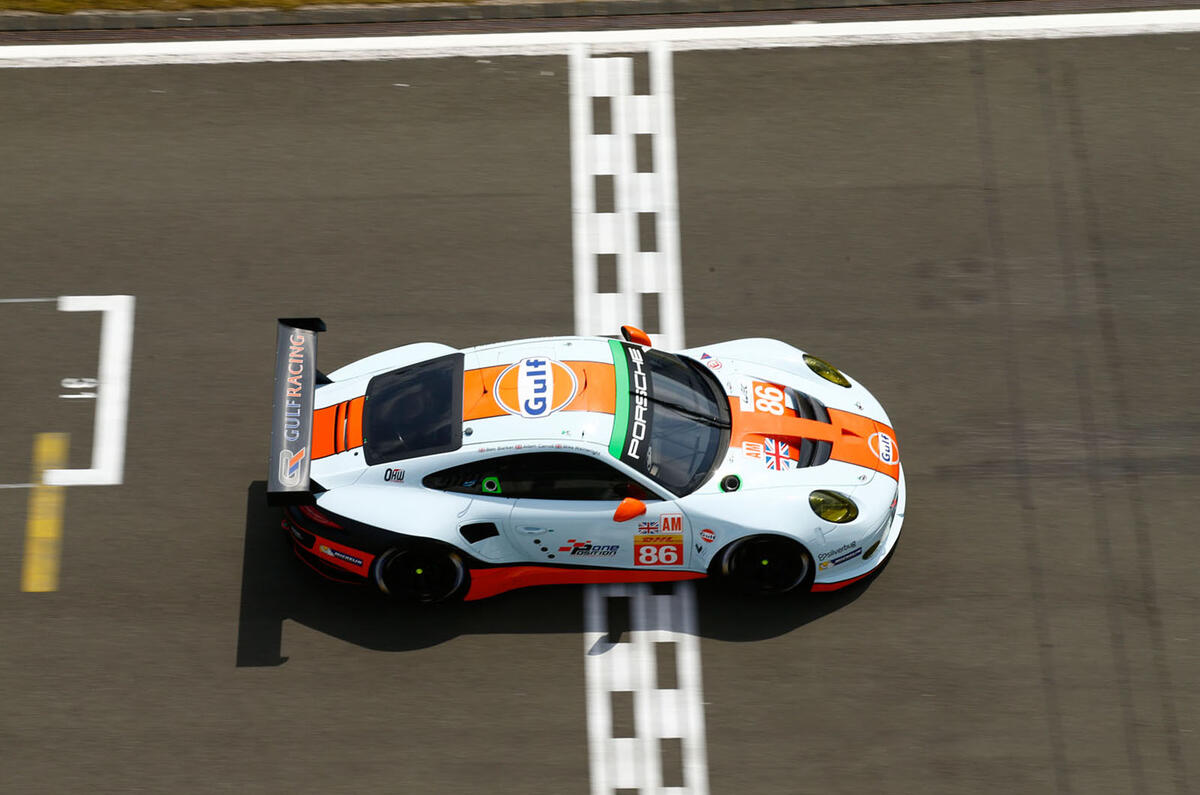
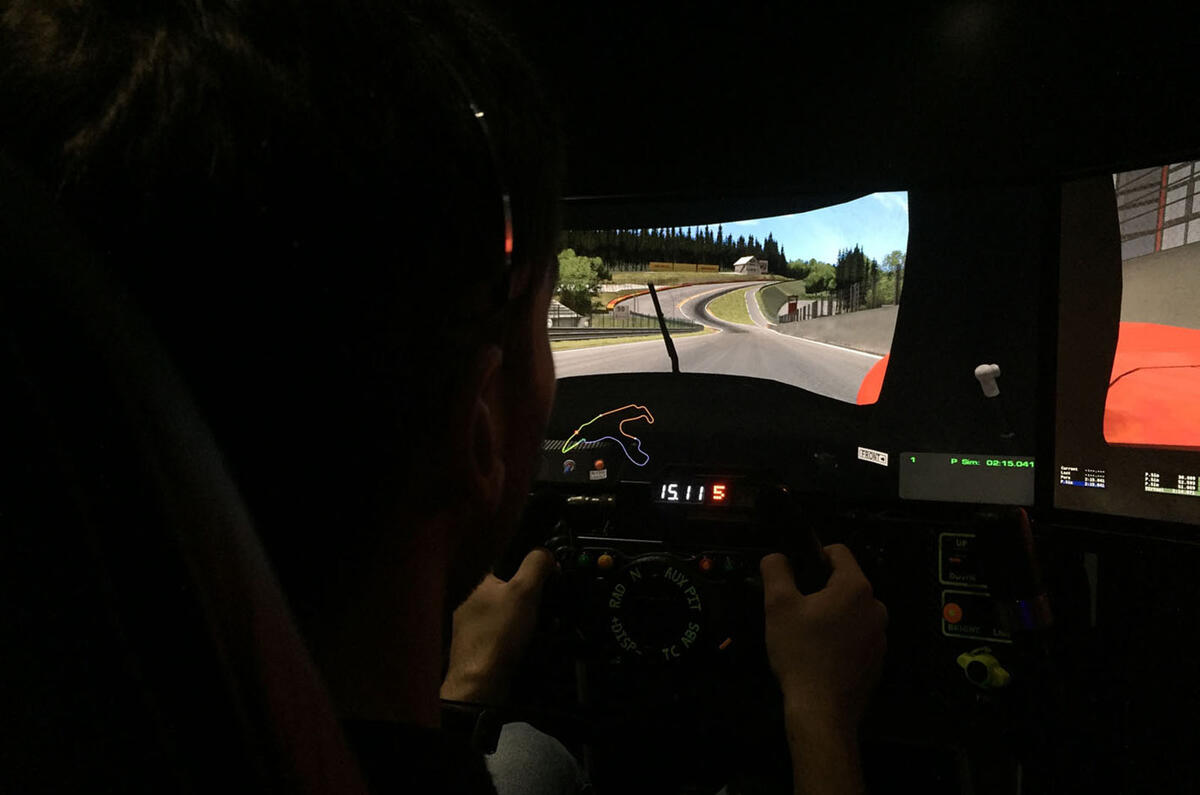
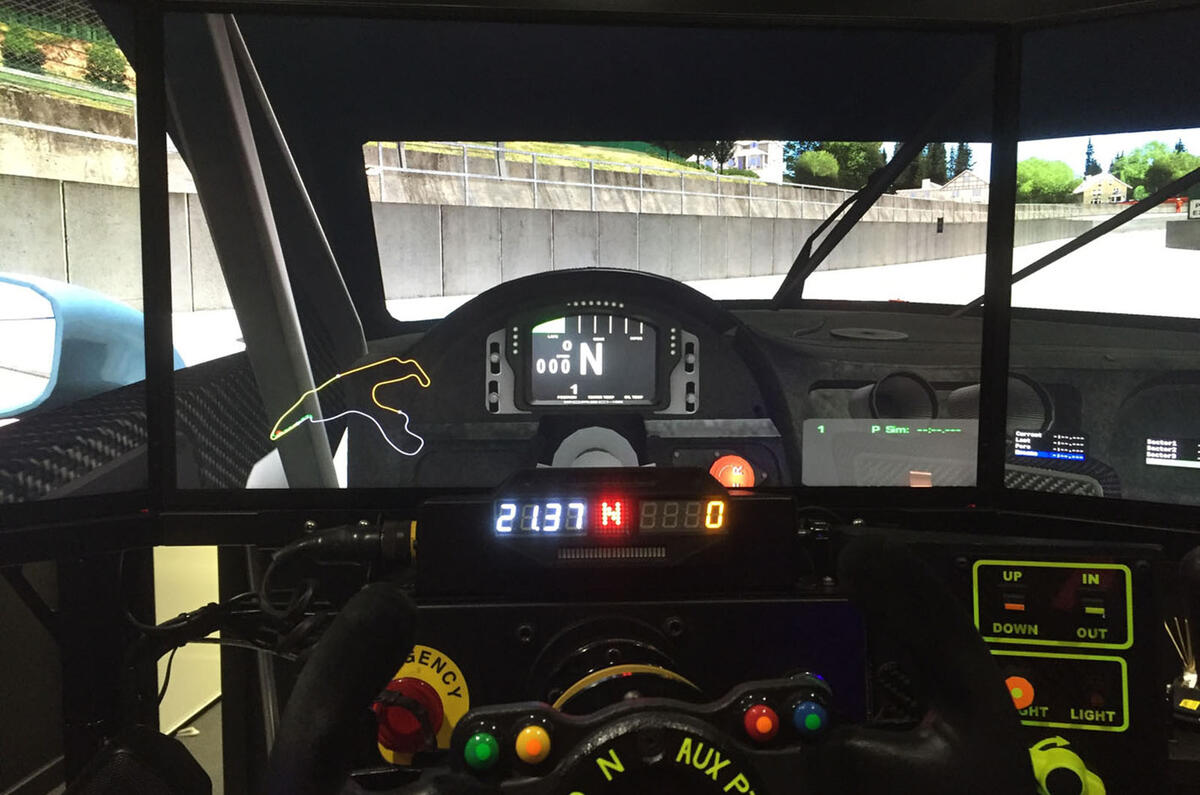

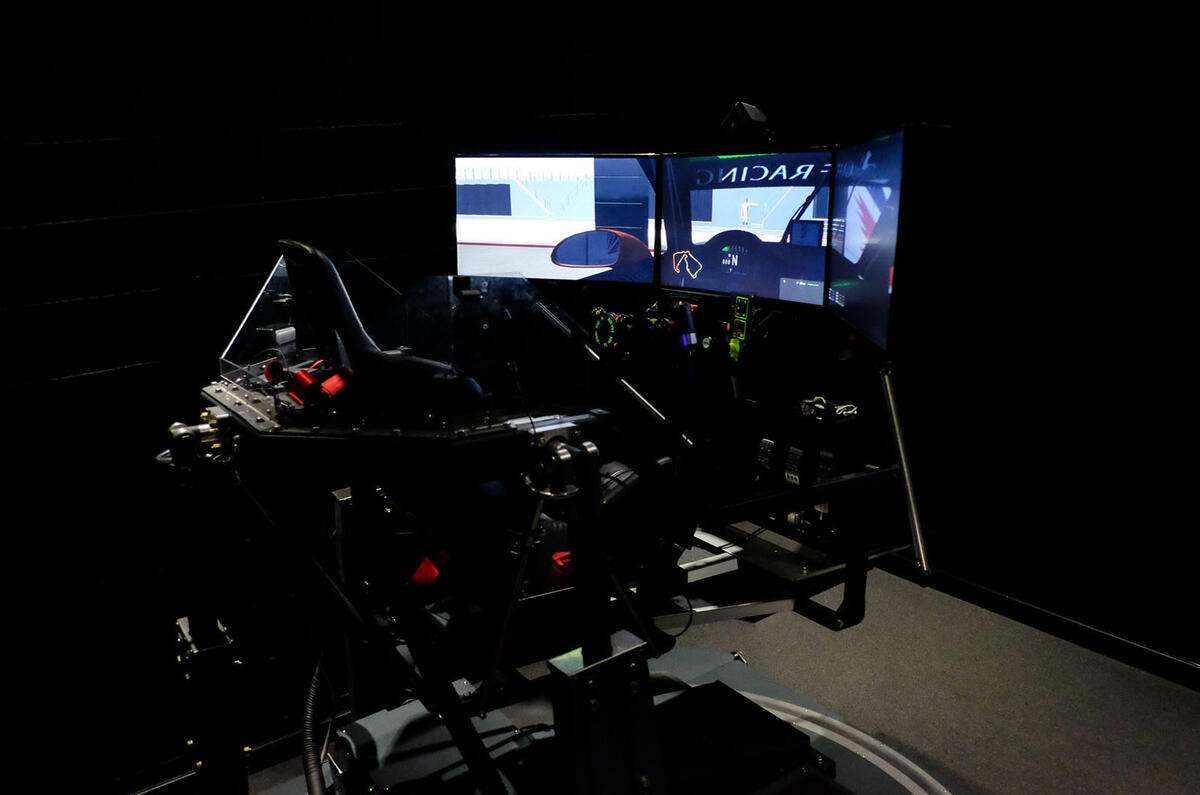
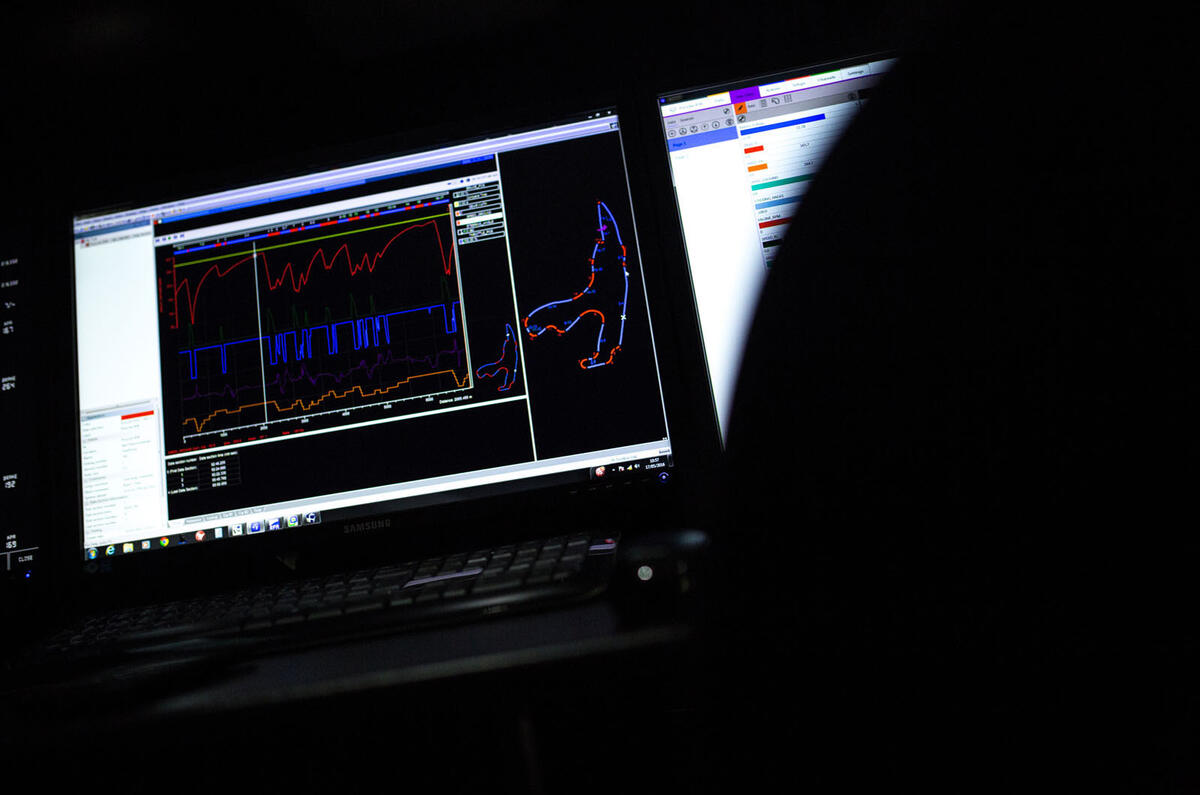
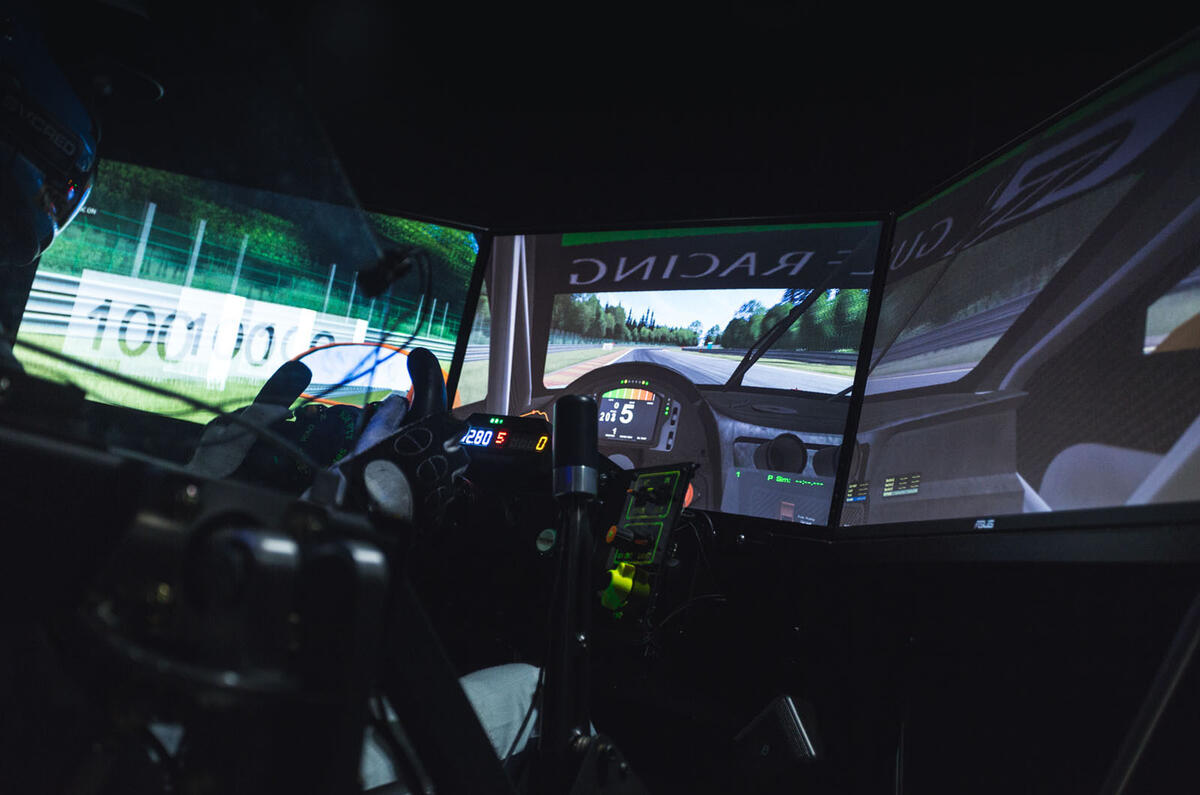
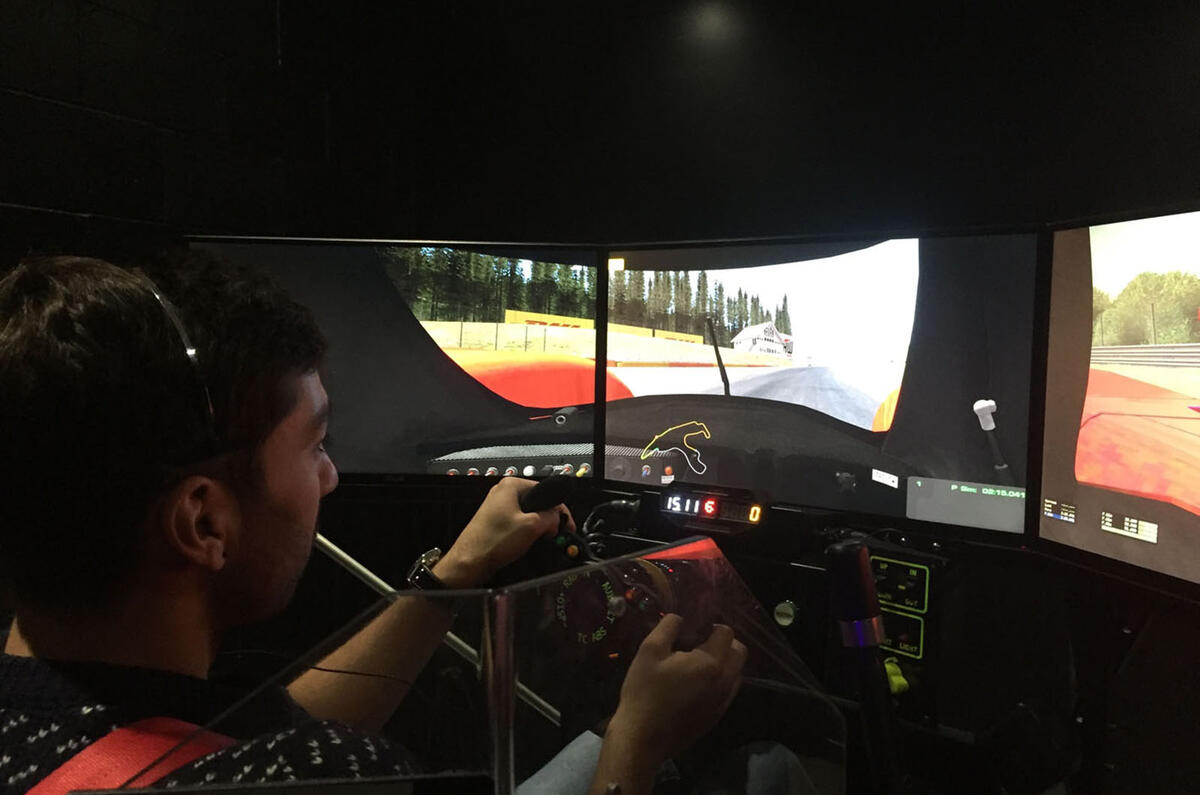
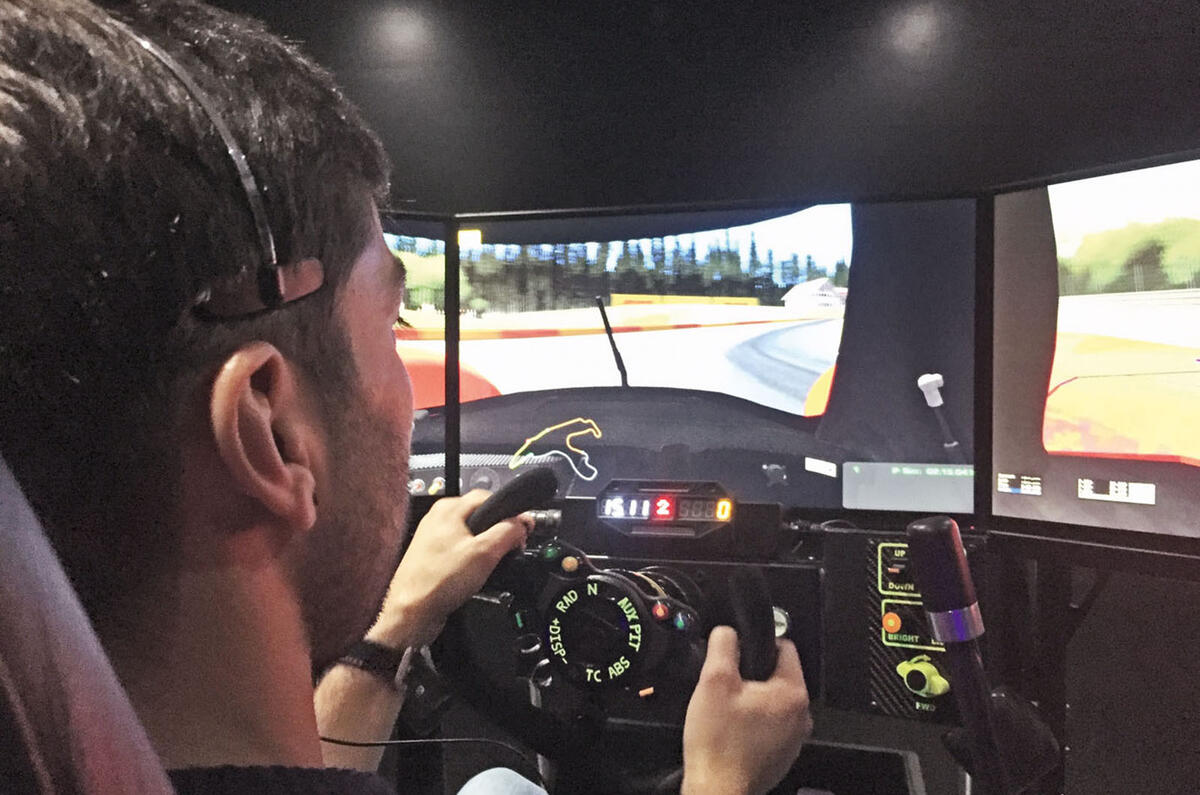

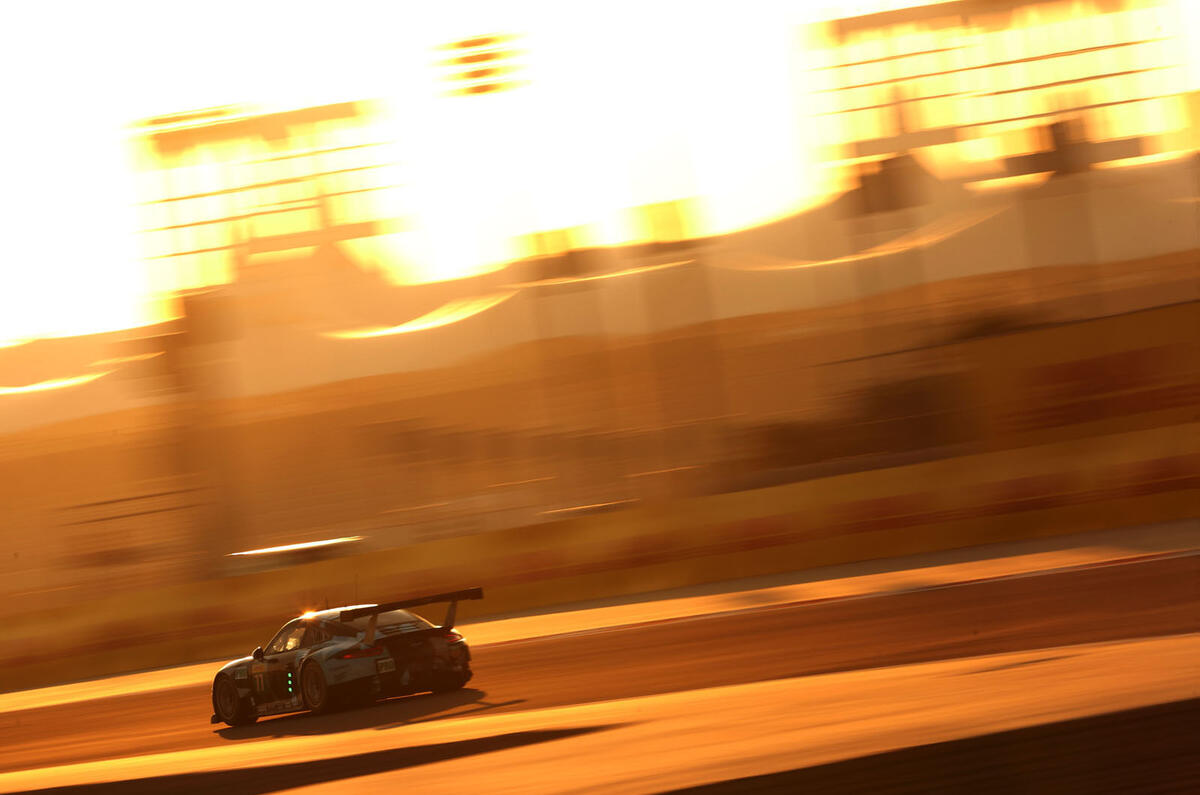

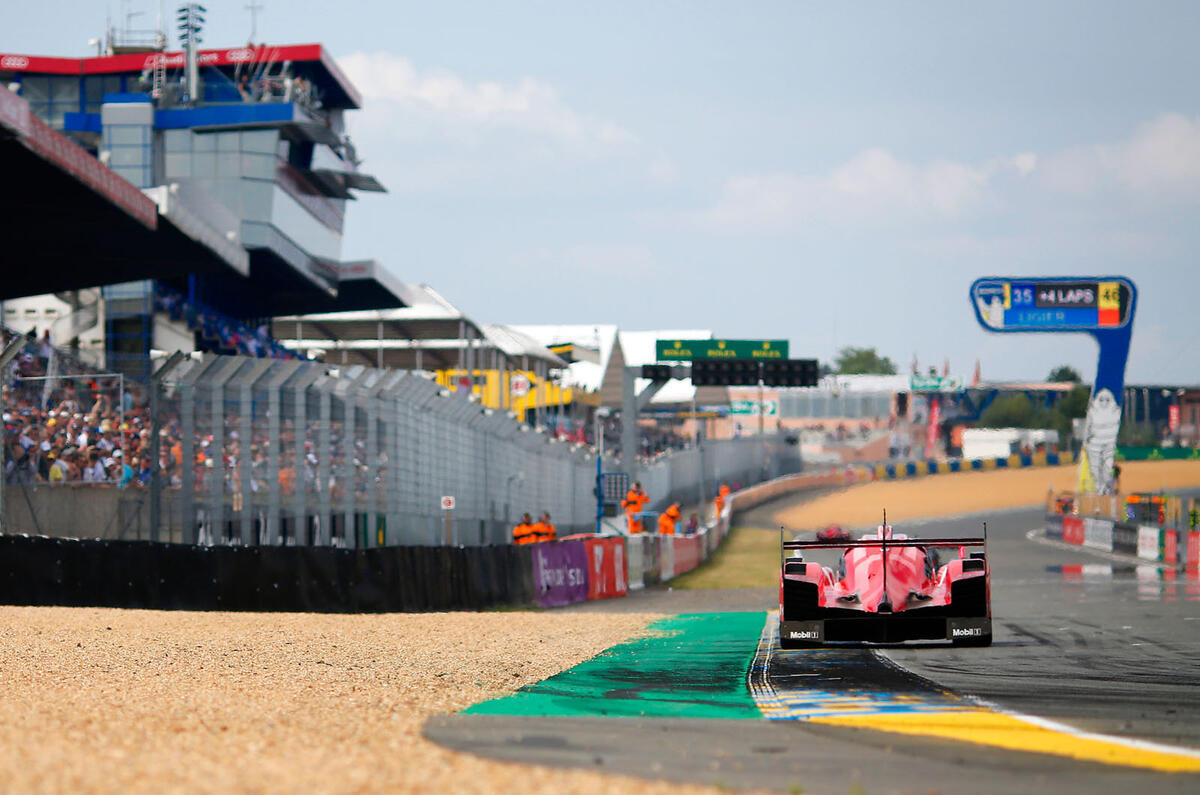
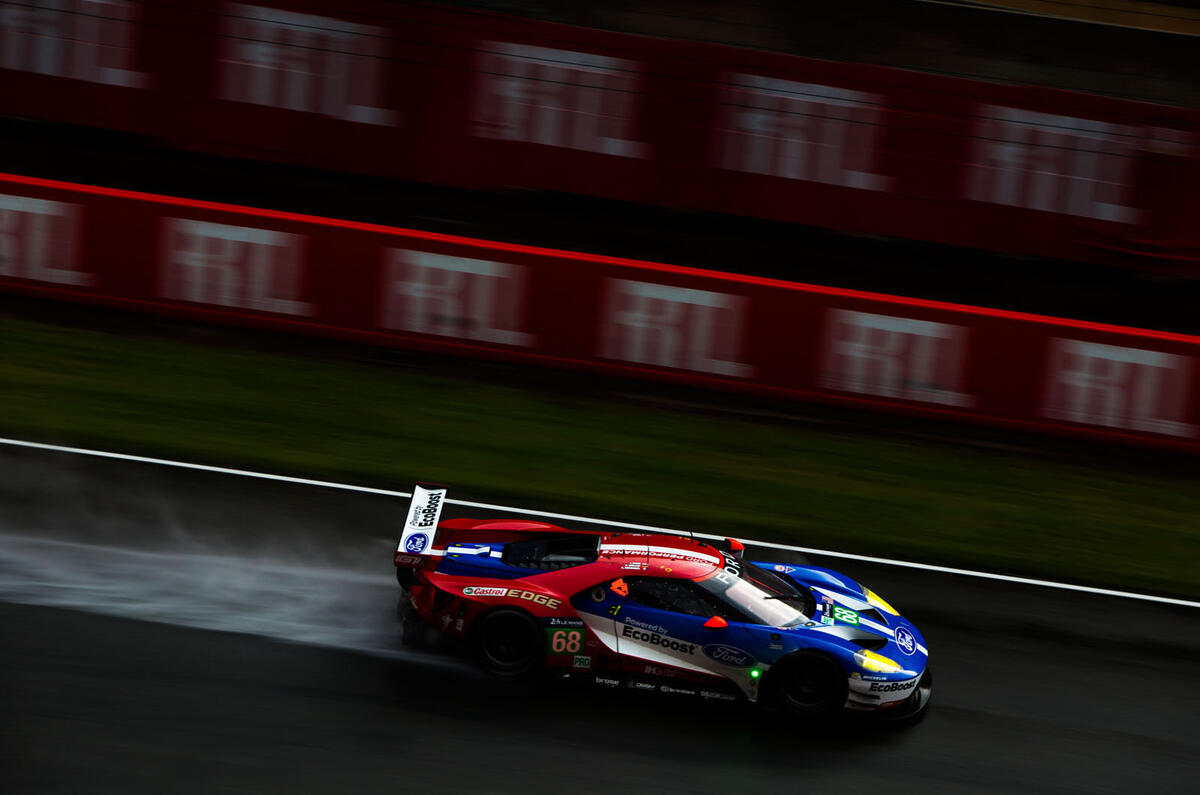
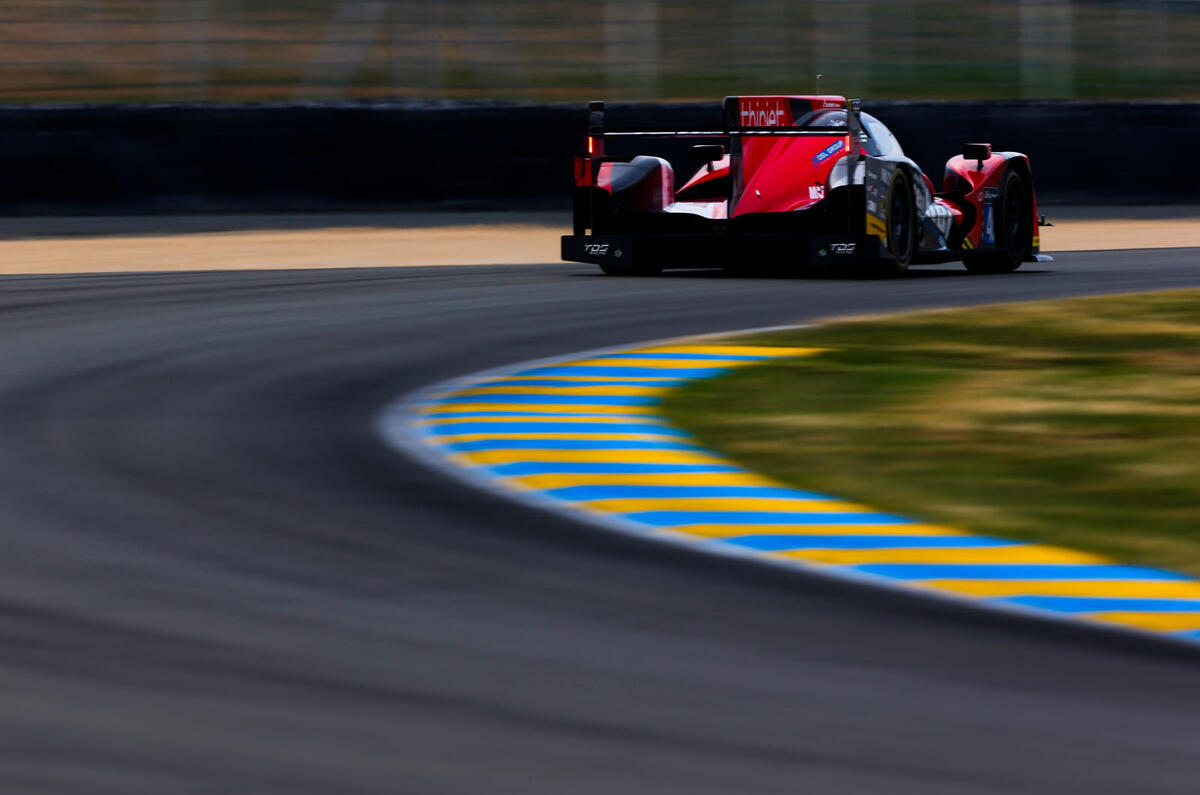
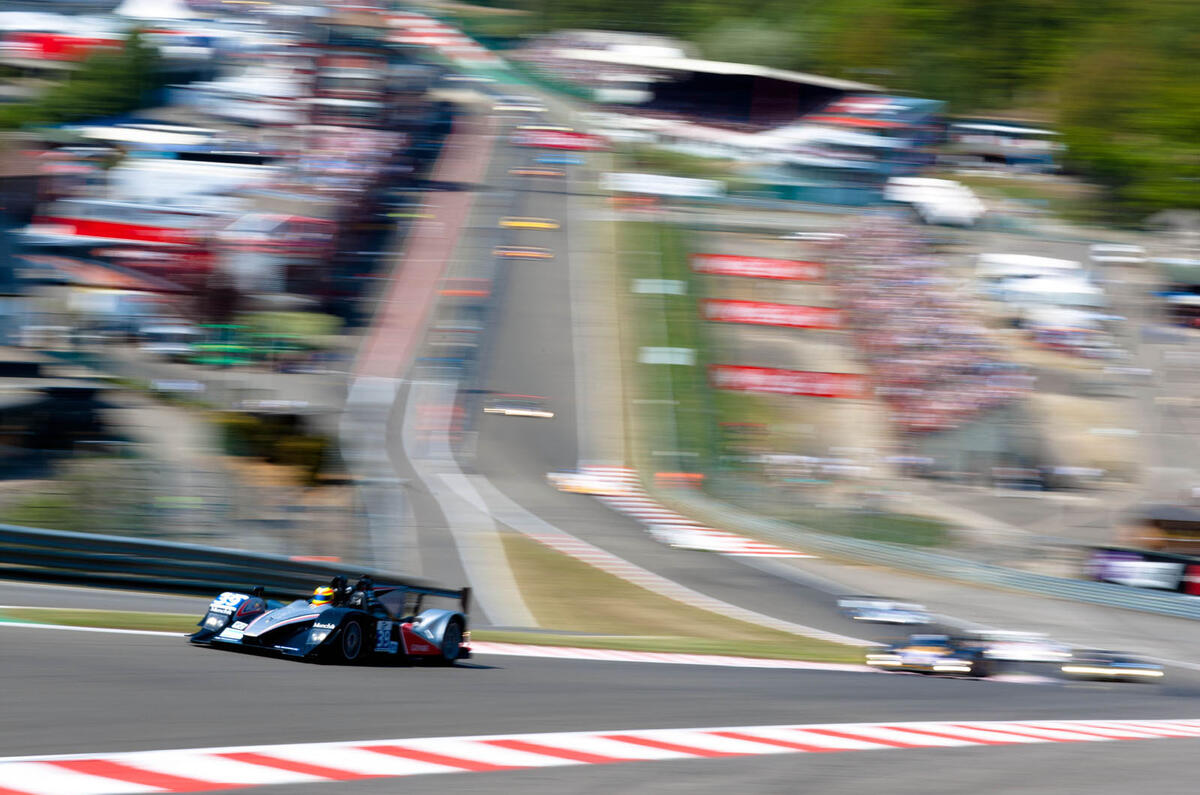
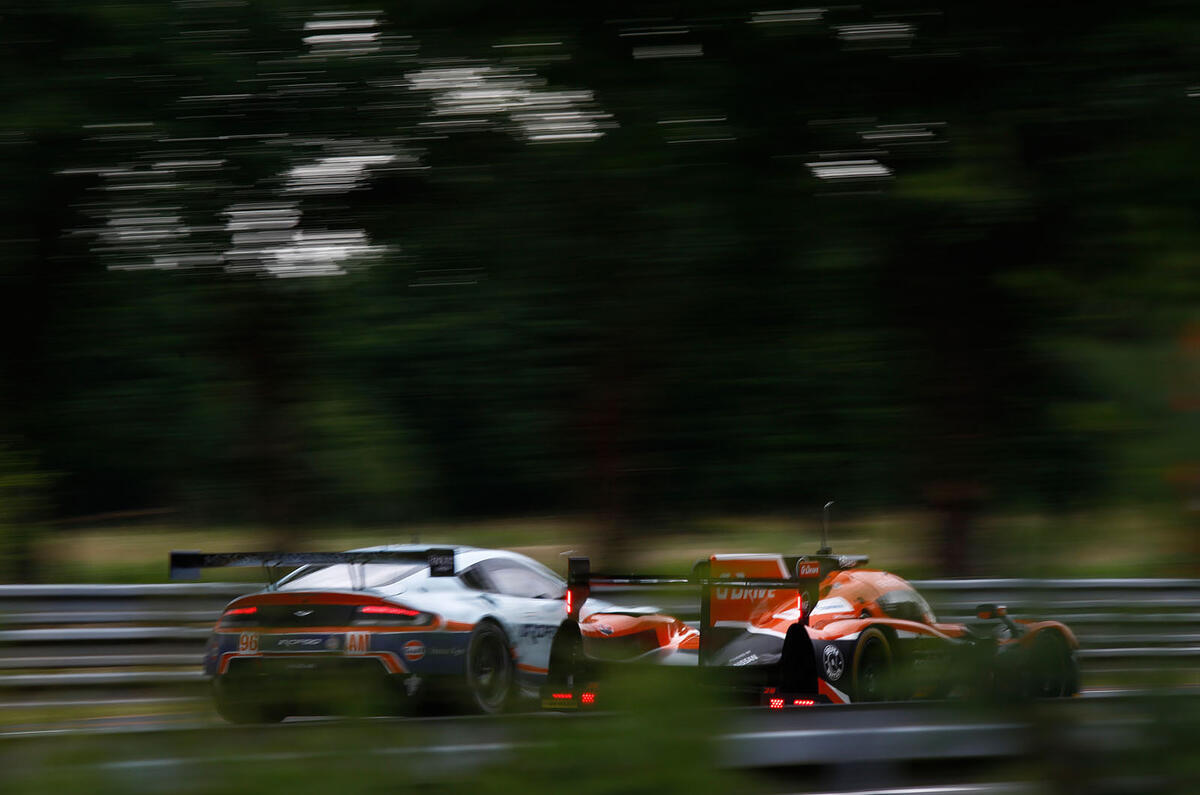
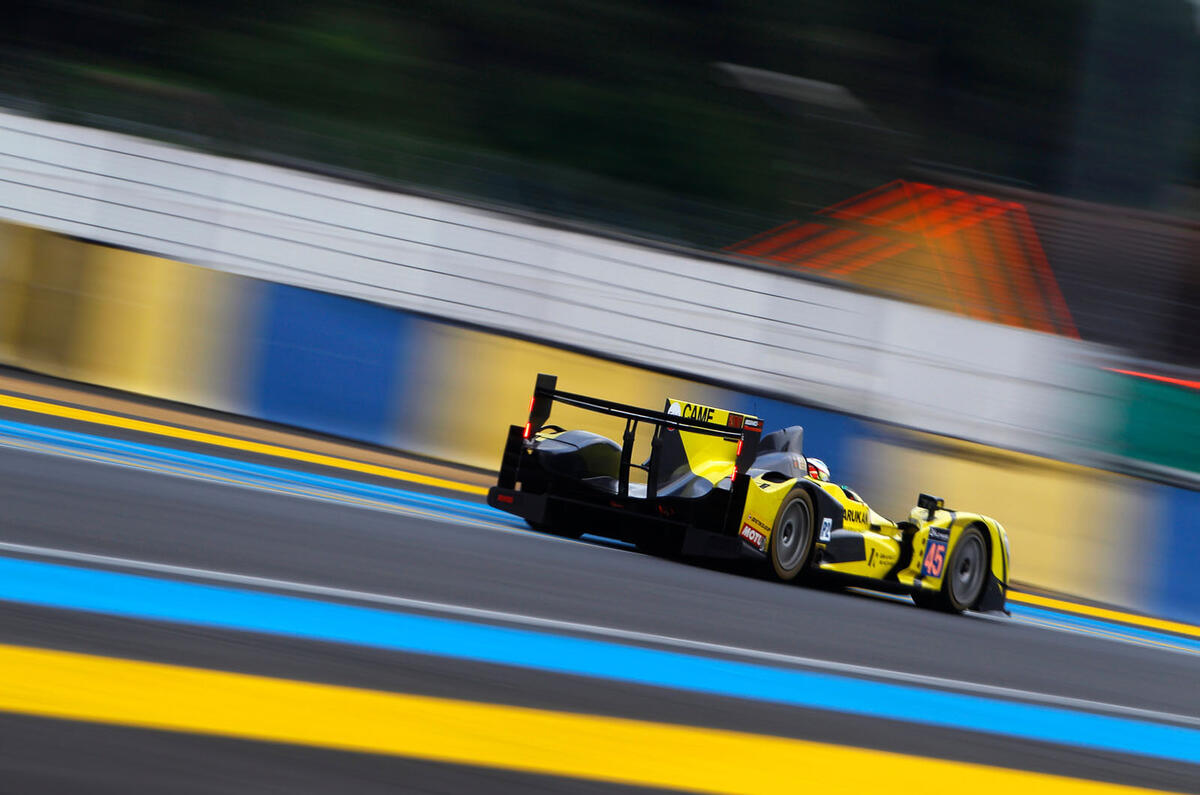
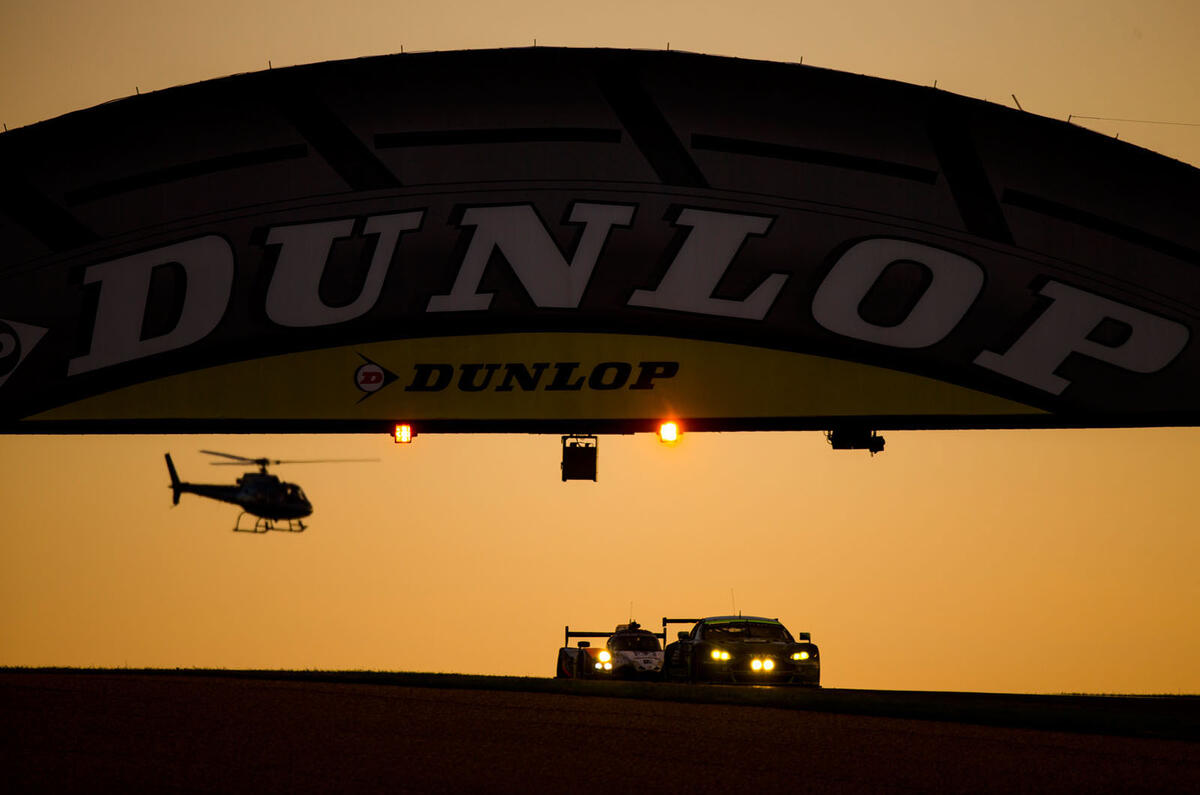

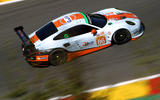
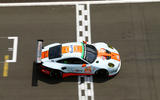
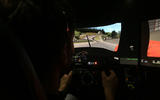
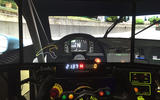
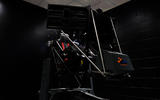
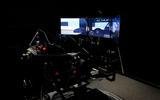
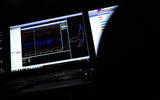
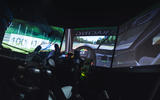
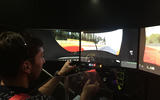
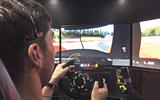
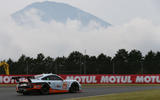
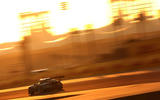
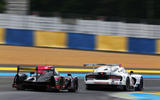
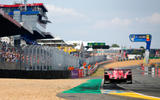
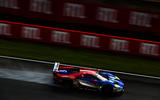
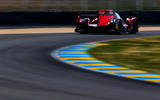
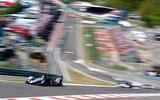
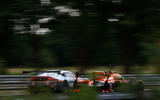
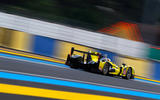
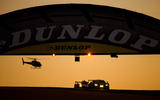


Add your comment